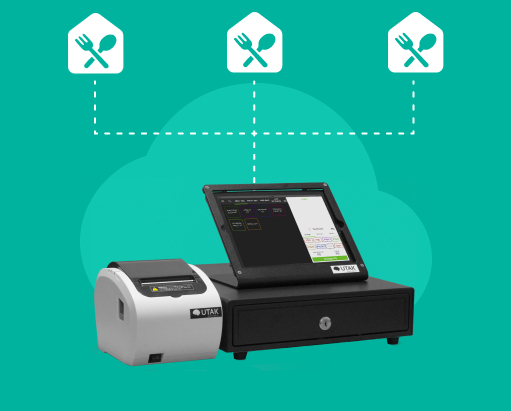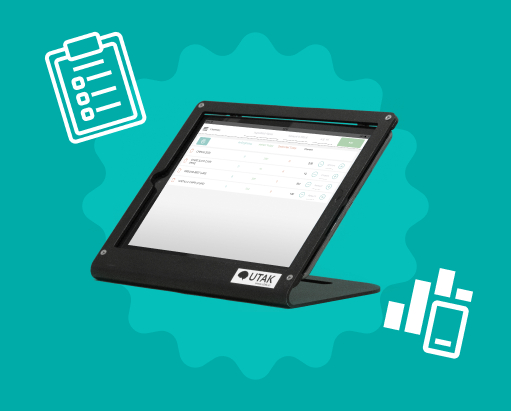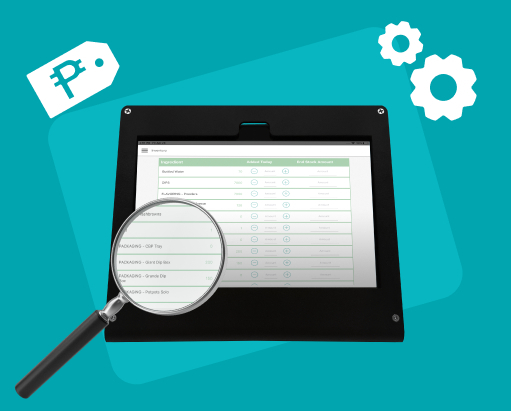What is Inventory Management?
Businesses track and control their inventory through various phases, from purchasing raw materials to selling customers the finished product, and to finally tallying the remaining stocks. Inventory management follows the simple idea that you wouldn’t want to offer items that are not available nor would you want to overstock on materials that do not sell well. You must manage the inflow and outflow of your inventory to keep it balanced, avoid incurring unnecessary losses, and make the right decisions to maximize your profits. Inventory management is crucial as it ensures you have the right stock in the correct quantity at the right time.
Inventory management refers to the process of overseeing and controlling the inventory of a business. It involves keeping track of inventory levels, forecasting demand, and ensuring that products are in stock when customers need them. Effective inventory management is crucial for businesses of all sizes, as it enables them to optimize their operations, reduce costs, and improve customer satisfaction. By managing their inventory efficiently, businesses can avoid stockouts, minimize excess inventory, and streamline their supply chain. This, in turn, can help them increase profitability and maintain a competitive edge in their industry.
On this page, we will explore more of why UTAK POS is the best answer to your inventory problems. So whether you're new to inventory management or looking to improve your current system, keep reading to learn more.
Why use the UTAK Inventory Management System?

Easily manage your inventory.
Through the UTAK POS Cloud-Based System, you can easily access your business’ daily stocks real-time. Managing inventory can help you ensure that you always have the products your customers want in stock, which leads to customer satisfaction and loyalty. Make quick decisions for your business like replenishing the right items once you’re low on stocks, strategically promote or phase out items that are not selling well, and even renegotiating with suppliers for items that are needed in higher or lower quantities.
If you’re a business owner, then you know how important it is to manage your inventory effectively. That’s where UTAK comes in – an inventory management system that makes the process of tracking and organizing your inventory a breeze. With UTAK, you can easily keep track of your stock levels. You can also view your inventory in real-time, so you always know what you have on hand. Additionally, UTAK allows you to manage multiple locations so you can stay on top of your inventory no matter what. With its user-friendly interface and advanced features, UTAK is the ideal inventory management system for any business looking to streamline their inventory management process and maximize their profitability.
This data is easily presented on your web dashboard and can also be downloadable via Excel or CSV and sent to your email daily.

Auto-Deducting inventory system
Overstocking or understocking can tie up valuable cash flow. By managing inventory levels, your business can ensure you have enough stock to meet demand while avoiding excess inventory that may not sell. Every order punched will automatically deduct ingredients or stocks from the inventory record.
UTAK’s reliable inventory system is designed to automatically track and deduct inventory quantities in real-time, eliminating the need for manual tracking and reducing the risk of stockouts. This feature also helps to prevent overselling, ensuring that you have enough stock on hand to fulfill customer orders. Additionally, businesses can easily monitor their inventory levels and make informed decisions about when to reorder and replenish supplies. This not only saves time but also reduces the risk of overstocking, which can lead to waste and unnecessary costs.

Quickly manage products and prices.
Get real-time updates on inventory changes to know when you’re running low and easily view your product information to make price adjustments. This will also allow you to evaluate which ingredients you need to prioritize and allocate budget for.
In addition to keeping your inventory in check, UTAK can help you make smart pricing decisions. With access to up-to-date product information, you can easily adjust your prices to reflect changes in supply and demand. Add or categorize products, customize pricing strategy, and set up discounts and promotions with ease. You can also evaluate which ingredients or products are selling well, and prioritize your budget accordingly.

Take control of your inventory.
Have total control over your inventory and reduce unnecessary costs. One of the things business owners tend to overlook is holding cost. Holding excess inventory can result in increased holding costs, such as rent, utilities, and insurance, which can eat into profits. By managing inventory levels, businesses can reduce these costs.
As a business owner, it’s important to have full control over your inventory to avoid unnecessary costs. When you hold too much excess inventory, you’ll end up paying more for rent, utilities, and insurance, which can cut into your profits. To prevent these extra costs, it’s crucial to manage your inventory levels effectively. Not only will this help you save money in the long run, but it’ll also allow you to make better use of your resources. Instead of tying up capital in excess inventory, you’ll be able to invest it in other areas of your business, such as marketing or product development. UTAK provides detailed reports on sales, inventory levels, and product performance, giving you important insights you need to make informed decisions about your business.
Inventory Management Demo
Poor inventory management can lead to product spoilage, damage, or theft, resulting in significant financial losses for your business. Don’t know how to manage inventory? UTAK is an inventory management system in the Philippines that will help simplify business processes, grow your enterprise, and minimize losses. Seamlessly streamline your business operations and reduce the time and effort required to manage your stocks, allowing you to focus on other important aspects of the business.
Are you struggling with keeping track of your inventory and finding it difficult to manage your stock levels effectively? Don’t know how to manage inventory? UTAK’s inventory management system streamlines operations and reduces errors, saving you time and money. Learn about how UTAK can help you optimize your inventory, increase efficiency, and improve customer satisfaction. Book a demo with us!
FAQ about Inventory Management
Any item your business intends to sell is considered inventory. It can also be material used to create something new or a bulk product that’s broken down and sold separately.
They generally mean the same thing but are slightly different depending on the nature of your business. Retail businesses refer to inventory as stock or anything ready to be sold in the marketplace, even raw materials.
Meanwhile, across industries, inventory is a raw material used for making a finished product, including ready-to-sell items and goods that are a work in progress or need to be fully converted.
All stock is inventory, but not all inventory is stock. You can use the terms interchangeably, but it’s best to standardize your terminology to avoid confusion among team members.
Raw materials, work in progress, MRO supplies, and finished goods are the four main types of inventory.
Raw materials are components used to create a final product. Work in progress is inventory still in production, waiting to be packaged and put on the market. MRO supplies are maintenance, repair, and operation items that support production. And finished goods are, as their name suggests, packaged and ready to be sold.
Cycle counting is a necessary auditing process to help companies confirm if their physical inventory count matches their records. It ensures data is accurate and up to date. Cycle counting is also best done at regular intervals, with small portions delegated to specific employees for review, lowering the chances of inaccuracies.
There are five key stages in an inventory’s lifecycle. Purchasing involves buying raw materials that go to the next stage, Holding Stock. Not all businesses undergo this second stage, as it depends on the products you offer.
Production means making the finished product using its constituent parts. Sales refers to when a customer receives an item. Finally, Reporting involves keeping track of your purchases, what products were used to fulfill them, how much you sold the product for, and how much it took to accomplish a transaction.